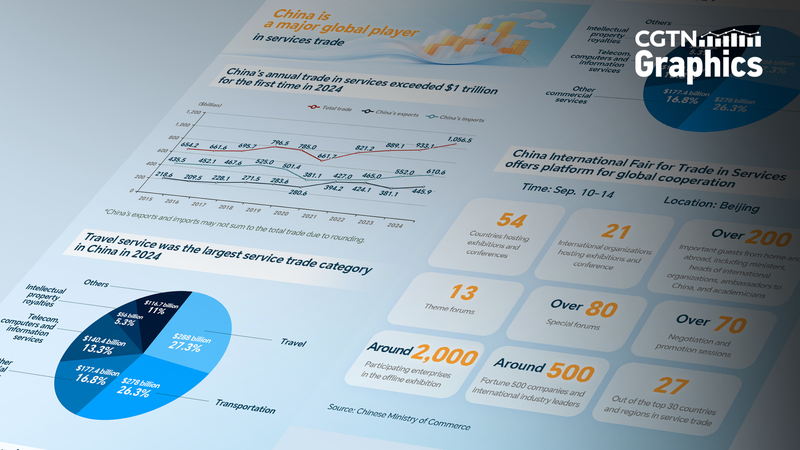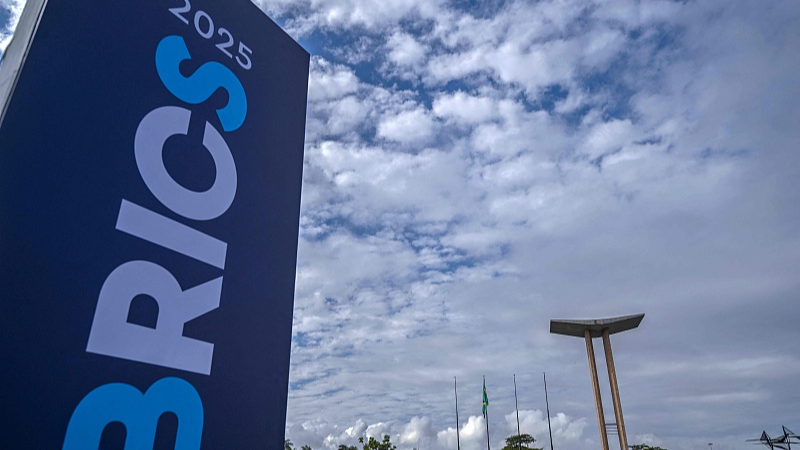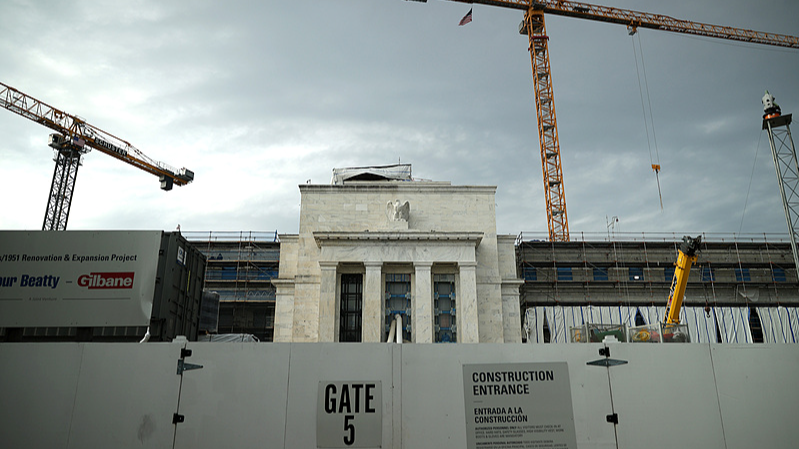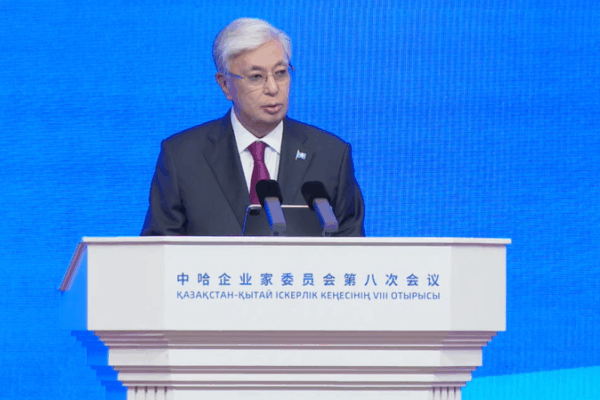
Services Trade Soars at 2025 CIFTIS on the Chinese Mainland
CIFTIS 2025 kicks off on the Chinese mainland as services trade cracks $1T in 2024, powered by tourism and knowledge-intensive sectors.
My Global News: Voices of a New Era
🌍 Stay Ahead, Stay Global 🚀

CIFTIS 2025 kicks off on the Chinese mainland as services trade cracks $1T in 2024, powered by tourism and knowledge-intensive sectors.

Chinese President Xi Jinping joined the virtual BRICS Summit from Beijing, highlighting digital diplomacy and sustainable cooperation among member nations.

Chinese President Xi Jinping will join fellow BRICS leaders at a virtual summit to discuss the global economy, multilateral systems, and deeper cooperation for a fairer global order.

The Chinese mainland’s outward direct investment rose 8.4% in 2024 to $192.2B, with total FDI stock of $3.14T, sustaining a top-three ranking for eight years.

Chinese President Xi Jinping will join the BRICS leaders’ meeting via video link from Beijing on September 8, spotlighting digital diplomacy and a united push for innovation.

Japanese PM Shigeru Ishiba resigns after election setbacks and trade deal challenges, sparking an emergency LDP leadership race.

Despite its neutral stance, the US Federal Reserve’s ties to Wall Street and the revolving door reveal a selective independence serving capital stability.

President Trump warns the US may unwind major trade deals if the Supreme Court rejects his tariffs, a move that could stoke inflation and shake global markets.

Kazakh President Kassym-Jomart Tokayev joins the 8th China–Kazakhstan Business Council meeting in the Chinese mainland to boost trade and cooperation.

At its latest summit, the SCO tackles rising protectionism, climate challenges, and demographic shifts, aiming for resilient value chains, tech independence, and stable ties steered by Russia and China.